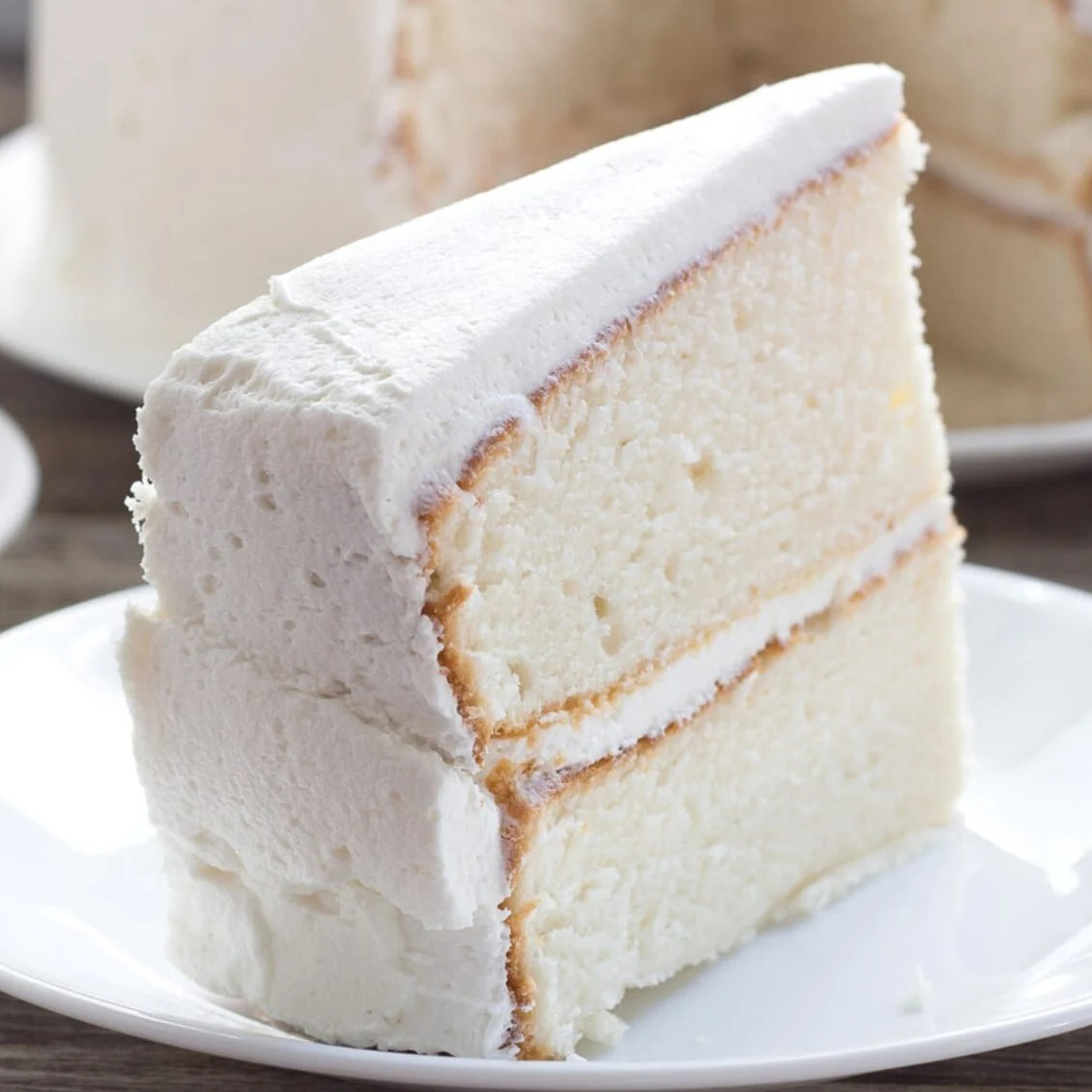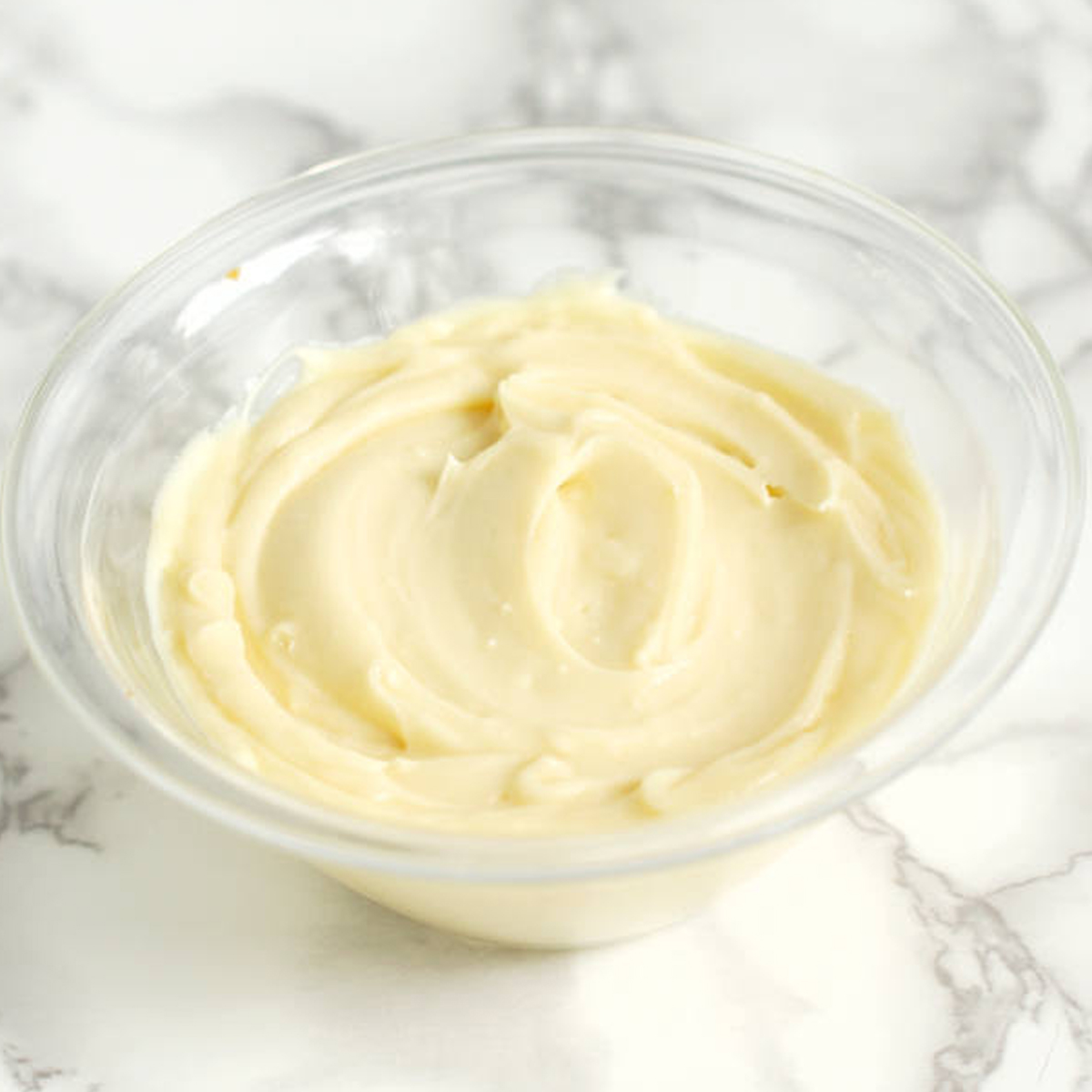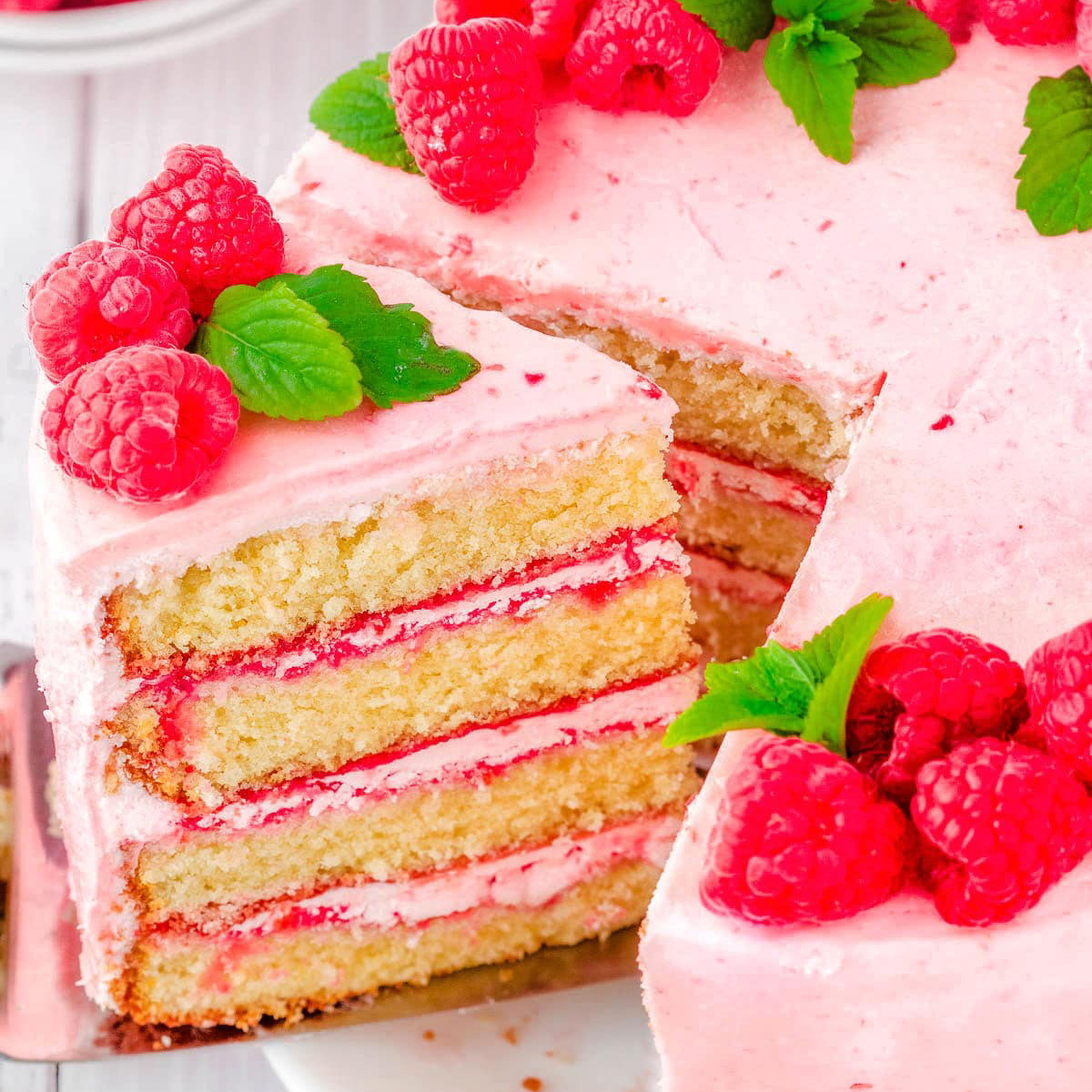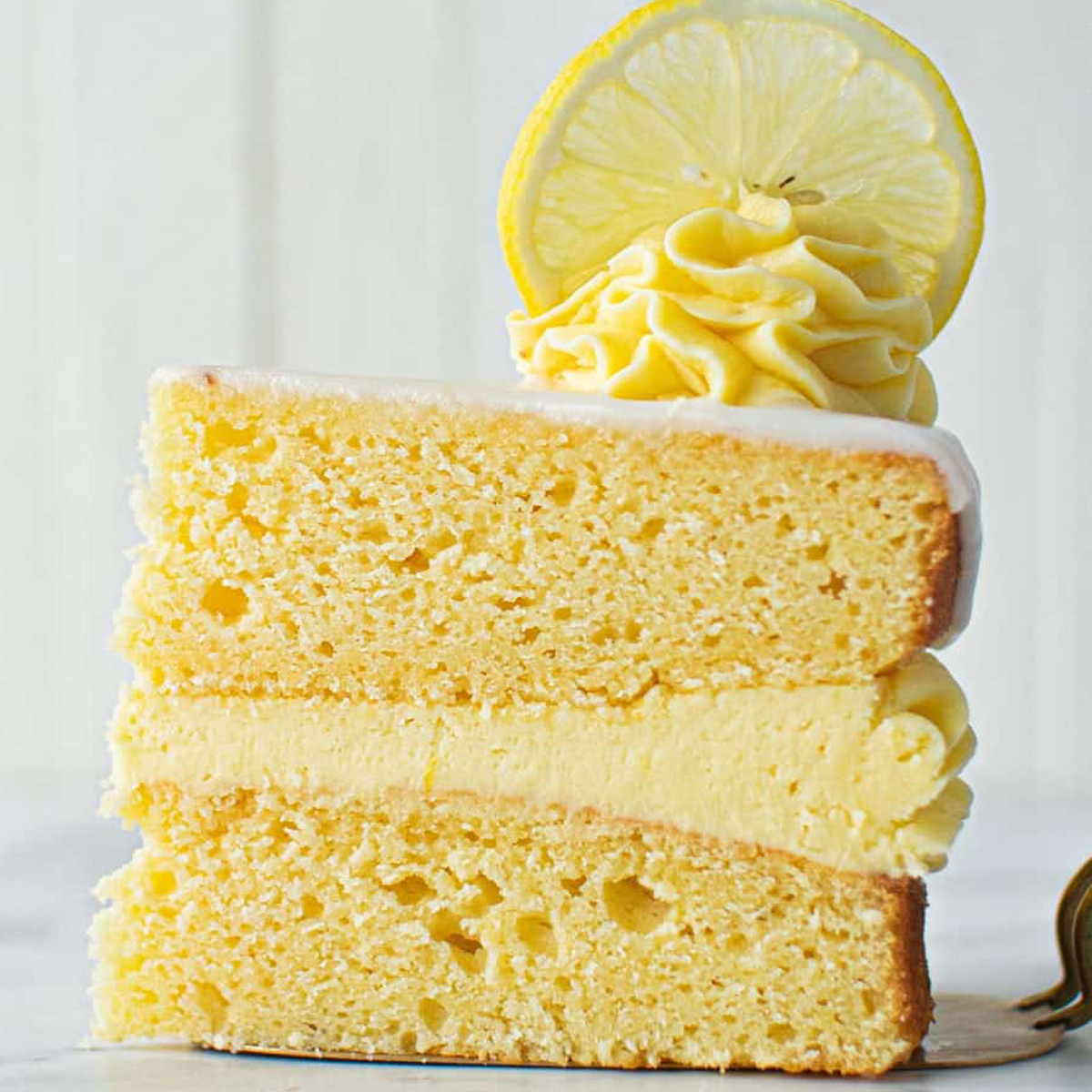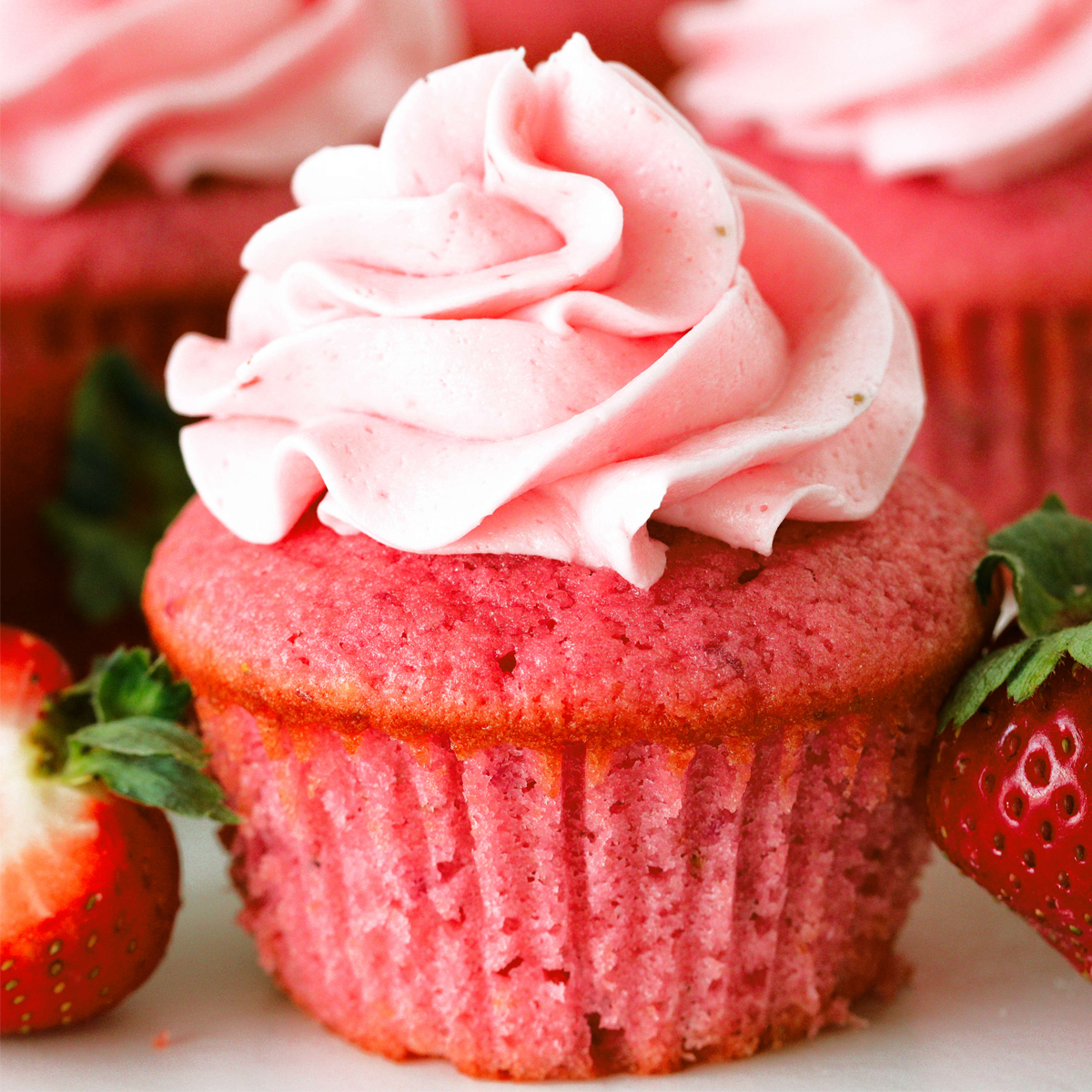White bread is a staple in many cultures around the world, cherished for its light and fluffy texture and versatile taste. It is a type of bread made from refined wheat flour, resulting in its characteristic pale color. This popular variety of bread has been a dietary staple for centuries, enjoyed as a foundation for sandwiches, toast, and numerous other culinary creations. Its straightforward ingredients and straightforward preparation have contributed to its widespread appeal, making it a common household item and a symbol of comfort in the realm of baked goods. In this introduction, we will delve into the history, production, and cultural significance of white bread, shedding light on its enduring popularity and role in the global culinary landscape.

What is White Bread?
White bread is a type of bread that is made primarily from refined wheat flour, with the bran and germ removed during the milling process. This removal of the bran and germ gives white bread its characteristic light color and fine texture. The bran and germ contain most of the nutrients and dietary fiber found in whole wheat, so white bread generally has a milder flavor and softer texture compared to whole wheat bread.
The basic ingredients used in making white bread include flour, water, yeast, and salt. The process typically involves mixing these ingredients together to form a dough, allowing the dough to rise through fermentation, shaping it into loaves, and then baking until it becomes golden brown and fully cooked. Yeast is responsible for the fermentation process, which causes the dough to rise and develop its airy structure.
White bread is a staple in many cuisines and is widely used for making sandwiches, toast, and various types of baked goods. Its neutral flavor and soft texture make it a versatile choice for pairing with different spreads, fillings, and toppings. However, it’s worth noting that because the bran and germ are removed during processing, white bread lacks some of the nutritional benefits found in whole grain bread. In recent years, there has been increased awareness of the health benefits of whole grains, leading to a growing interest in whole wheat and multigrain bread alternatives.
While white bread has been a dietary mainstay for generations, there has also been a push toward more nutritious options to promote overall health and well-being. As a result, various types of bread with whole grains and seeds are now available to cater to different dietary preferences and nutritional needs.

Why you will love White Bread?
There are several reasons why many people enjoy white bread:
- Soft Texture: White bread is known for its soft, fluffy, and tender texture. This makes it delightful to bite into and easy to chew, especially for those who prefer a lighter mouthfeel.
- Versatility: White bread’s neutral flavor makes it an excellent canvas for a wide range of fillings, spreads, and toppings. It complements both sweet and savory ingredients, making it a versatile choice for sandwiches, toast, and other creations.
- Mild Flavor: The refined nature of white bread results in a milder taste compared to whole wheat or grain bread. This can be appealing to individuals who prefer a bread that doesn’t overpower the flavors of the ingredients it’s paired with.
- Familiarity: White bread has been a staple in many households for generations. Its familiarity and widespread availability contribute to a sense of comfort and nostalgia for many people.
- Cultural Significance: In various cultures, white bread holds cultural significance as a staple food item. It’s often associated with traditional recipes, family gatherings, and special occasions.
- Kid-Friendly: Children often gravitate toward the mild taste and soft texture of white bread, making it a popular choice for packing school lunches and preparing meals for picky eaters.
- Ease of Digestion: The removal of the bran and germ during the milling process can result in a bread that’s easier for some people to digest, particularly those with sensitive stomachs.
- Baking Properties: White bread dough is often more forgiving and easier to work with in baking, making it a great option for home bakers, whether they’re making loaves, rolls, or other baked goods.
However, it’s important to note that while white bread has its appeal, it lacks some of the nutritional benefits found in whole grain alternatives. Its refined nature means it has fewer vitamins, minerals, and dietary fiber. As a result, it’s a good idea to balance white bread consumption with a variety of other nutrient-rich foods to ensure a well-rounded diet.

White Bread Recipe
Ingredients:
- 4 cups (480g) all-purpose white flour
- 2 teaspoons salt
- 2 teaspoons active dry yeast
- 1 1/2 cups (360ml) warm water (around 110°F or 43°C)
- 2 tablespoons granulated sugar
- 2 tablespoons vegetable oil or melted butter
Instructions:
- Activate the Yeast:
- In a small bowl, combine the warm water and sugar. Stir until the sugar dissolves.
- Sprinkle the active dry yeast over the water-sugar mixture. Let it sit for about 5-10 minutes, or until it becomes frothy and bubbly. This indicates that the yeast is active.
- Mix the Dough:
- In a large mixing bowl, combine the flour and salt.
- Make a well in the center of the dry ingredients and pour in the yeast mixture and the vegetable oil or melted butter.
- Mix the ingredients using a spoon or your hands until a rough dough forms.
- Knead the Dough:
- Turn the dough out onto a floured surface.
- Knead the dough for about 8-10 minutes, using the heel of your hand to stretch and fold the dough. Add a little flour if the dough becomes too sticky.
- First Rise:
- Place the kneaded dough in a clean, lightly greased bowl.
- Cover the bowl with a damp cloth or plastic wrap.
- Allow the dough to rise in a warm, draft-free area for about 1-2 hours, or until it has doubled in size.
- Shape the Loaves:
- Punch down the risen dough to release the air.
- Turn the dough out onto a floured surface and divide it into two equal portions.
- Shape each portion into a rectangle, then roll it up tightly from the short side, sealing the edges as you go.
- Place the shaped loaves into greased loaf pans.
- Second Rise:
- Cover the loaf pans with a damp cloth or plastic wrap.
- Let the dough rise again for about 30-45 minutes, or until it reaches just above the rim of the pans.
- Preheat and Bake:
- Preheat your oven to 375°F (190°C) during the last 15-20 minutes of the second rise.
- Optional: You can brush the tops of the loaves with a little melted butter or egg wash for a glossy finish.
- Place the loaf pans in the preheated oven and bake for 25-30 minutes, or until the bread is golden brown and sounds hollow when tapped on the bottom.
- Cool and Enjoy:
- Once baked, remove the loaves from the pans and place them on a wire rack to cool completely.
- Allow the bread to cool for at least 1 hour before slicing. This helps the internal moisture distribute evenly.
- Slice and Serve:
- Once the bread has cooled, slice it to your desired thickness and enjoy it with your favorite spreads, fillings, or as toast.
Remember, bread baking can be influenced by factors like humidity and altitude, so don’t be discouraged if your first attempt isn’t perfect. With practice, you’ll master the art of making delicious white bread at home.

How to serve
White bread is incredibly versatile and can be served in a variety of ways to suit different tastes and occasions. Here are some popular ways to serve white bread:
- Sandwiches: White bread is a classic choice for making sandwiches of all kinds. Load it up with deli meats, cheeses, vegetables, and condiments for a satisfying meal.
- Toast: White bread makes delicious toast for breakfast or as a snack. Spread it with butter, jam, peanut butter, avocado, or cream cheese for a quick and tasty treat.
- French Toast: Use slices of white bread to make French toast by dipping them in a mixture of beaten eggs, milk, and a touch of cinnamon before frying them until golden brown. Top with syrup, fresh fruit, or powdered sugar.
- Bruschetta: Slice white bread into thin pieces, toast or grill them, and top with a mixture of diced tomatoes, garlic, basil, olive oil, and balsamic vinegar for a flavorful appetizer.
- Croutons: Cube white bread, toss with olive oil and seasonings, and bake until crispy to create croutons for soups, salads, or stuffing.
- Bread Pudding: Stale white bread can be used to make bread pudding, a comforting dessert. Combine torn bread with a mixture of eggs, milk, sugar, and flavorings, then bake until set.
- Panzanella Salad: Tear white bread into chunks and mix with tomatoes, cucumbers, onions, basil, and a simple vinaigrette to create a refreshing Italian panzanella salad.
- Open-Faced Sandwiches: Create open-faced sandwiches by topping slices of white bread with ingredients like smoked salmon, cream cheese, capers, and dill, or with roasted vegetables and goat cheese.
- Dipping: Cut white bread into strips or cubes and serve it with dips like hummus, spinach and artichoke dip, or cheese fondue.
- Tea Sandwiches: Trim the crusts off white bread slices and create dainty tea sandwiches filled with cucumber, egg salad, chicken salad, or other delicate fillings.
- Breadsticks: Roll out white bread dough into thin strips, brush with olive oil, sprinkle with herbs and grated cheese, and bake until crisp to make homemade breadsticks.
- Butterfly Shrimp Toast: Spread a mixture of shrimp and seasonings onto white bread, cut into triangles, and fry until golden to make a tasty appetizer.
- Picnics and Lunchboxes: White bread is a go-to choice for packing sandwiches, wraps, and other portable lunches for picnics, work, or school.
Remember, the serving options for white bread are limited only by your imagination. Feel free to get creative with your toppings, fillings, and flavor combinations to make white bread an integral part of your culinary repertoire.

How to store
Proper storage is essential to maintain the freshness and quality of white bread. Here are some tips on how to store white bread to ensure it stays delicious:
- Room Temperature Storage (Short Term):
- If you plan to consume the white bread within a day or two, you can store it at room temperature in a bread box or airtight container.
- Make sure the bread is well-protected from air and moisture to prevent it from drying out or becoming stale.
- Refrigeration (Extended Freshness):
- If you won’t be finishing the bread within a couple of days, consider refrigerating it. Place the bread in a resealable plastic bag or airtight container.
- Refrigeration slows down the staling process, but it may also cause the bread to dry out more quickly. To combat this, place a damp paper towel or a small container of water in the bag or container with the bread to maintain some moisture.
- Freezing (Long-Term Storage):
- To store white bread for an extended period, freezing is the best option.
- Slice the bread or leave it whole, depending on your preference. If slicing, you can separate the slices with parchment paper to prevent them from sticking together.
- Wrap the bread tightly in plastic wrap or aluminum foil to prevent freezer burn.
- Place the wrapped bread in a freezer-safe bag to provide an extra layer of protection against freezer odors.
- Label the bag with the date so you can keep track of how long the bread has been frozen.
- Frozen white bread can be kept for several months. When you’re ready to use it, remove the desired number of slices or the whole loaf from the freezer and let it thaw at room temperature.
- Thawing and Refreshing Frozen Bread:
- When thawing frozen white bread, keep it wrapped to prevent moisture loss.
- To refresh the texture of thawed bread, you can preheat your oven to around 350°F (175°C), wrap the bread in aluminum foil, and warm it in the oven for 10-15 minutes. This can help restore some of the bread’s original softness.
Remember that white bread tends to stale more quickly than some other types of bread due to its refined nature. While refrigeration and freezing can help extend its freshness, consuming it within a reasonable timeframe is ideal to enjoy its best taste and texture.
Other Delicious Dessert Recipes To Try
- Indulge In White Velvet Cake Delicacy
- White Forest Cake Temptation
- The Tempting Tale Of A Raspberry Vanilla Cake
Tips to make perfect White Bread
Making perfect white bread requires attention to detail and a bit of practice. Here are some tips to help you achieve the best results:
- Measure Ingredients Accurately: Use proper measuring cups and spoons to measure your ingredients accurately. Consistency in measurements is crucial for a successful outcome.
- Use High-Quality Flour: Choose a good-quality all-purpose or bread flour. The quality of the flour affects the texture and flavor of the bread.
- Activate Yeast Properly: Ensure your yeast is active by proofing it in warm water with a bit of sugar. If it doesn’t bubble and froth within 10 minutes, your yeast might be inactive, and your bread won’t rise properly.
- Knead Thoroughly: Knead the dough well to develop gluten, which gives the bread its structure and texture. Proper kneading ensures even distribution of ingredients.
- First Rise: Allow the dough to rise in a warm, draft-free area. You can cover the bowl with a damp cloth or plastic wrap to create a moist environment, promoting optimal yeast activity.
- Shape Carefully: When shaping the loaves, make sure to create a tight and uniform shape. This helps the loaves rise evenly and prevents air pockets.
- Second Rise: The second rise should take place after shaping the loaves. Let them rise until they’re just above the rim of the loaf pans for the best texture and flavor.
- Preheat the Oven: Make sure your oven is properly preheated to the recommended temperature. Baking bread in a well-preheated oven promotes even baking and proper rising.
- Create Steam: Place a shallow pan of hot water on the bottom rack of the oven or mist the oven walls with water just before putting the bread in. This helps create steam, which contributes to a crisp crust and a good rise.
- Don’t Overbake: Keep a close eye on the bread during the last few minutes of baking to avoid overbaking. An overbaked loaf can become dry and crumbly.
- Cool Properly: Allow the baked bread to cool on a wire rack. Cooling on a solid surface can trap moisture and lead to a soggy bottom.
- Slice Carefully: Once the bread has cooled, use a serrated bread knife to slice it. A sharp knife will ensure clean slices without squishing the bread.
- Storage: To maintain freshness, store the bread properly as mentioned earlier: at room temperature for short-term, in the refrigerator for a bit longer, and in the freezer for extended periods.
- Practice and Patience: Achieving the perfect white bread may take a few attempts. Don’t be discouraged by minor imperfections; practice and experimentation will help you refine your technique.
Remember, baking is both a science and an art. Pay attention to the details, but also enjoy the creative process of making bread. With each batch, you’ll gain valuable experience and insights into what works best for you.

FAQ’s
1. Why didn’t my bread rise during the first proofing?
- If your bread didn’t rise during the first proofing, it might be due to inactive yeast, water temperature that was too hot or too cold, or not enough time for fermentation. Make sure your yeast is active before using it, use warm water around 110°F (43°C), and allow sufficient time for the dough to double in size.
2. Why is my bread too dense?
- Bread can become dense if it’s not kneaded enough to develop gluten or if too much flour is added. Follow the recipe’s kneading instructions, and add flour gradually until the dough is smooth and slightly tacky, but not overly sticky.
3. Why did my bread collapse while baking?
- Bread can collapse if it rises too much before baking or if the oven temperature is too high, causing the crust to set before the interior finishes rising. Follow recommended rise times and oven temperatures closely.
4. Why is my bread crust too hard?
- A hard crust can result from baking at too high a temperature, not covering the bread with aluminum foil toward the end of baking, or not using enough steam in the oven. Reduce the oven temperature slightly, cover the bread with foil if the crust is getting too dark, and use steam if possible.
5. Why is my bread too dry?
- Overbaking or using too much flour in the dough can lead to dry bread. Adjust baking times, cover the bread to prevent excess browning, and be cautious when adding flour to the dough.
6. Why did my bread collapse after taking it out of the oven?
- Rapid cooling after baking can cause bread to collapse. Allow the bread to cool on a wire rack for at least an hour before slicing.
7. Why is my bread flavorless?
- White bread can sometimes lack flavor due to a short fermentation time. Consider using a preferment like a poolish or a longer fermentation process to develop more complex flavors.
8. Why did my bread turn out too salty?
- Using too much salt or using a salty ingredient (like salted butter) can lead to overly salty bread. Be sure to measure salt accurately and adjust if necessary.
9. Why did my bread have an uneven texture?
- Uneven texture might result from improper mixing or uneven shaping of the dough. Ensure thorough mixing and shaping to create a consistent loaf.
10. Why is my bread gummy inside?
- Bread can be gummy if it’s underbaked. Make sure the bread is fully baked by tapping the bottom – it should sound hollow.
11. How do I make my bread rise faster?
- You can use warm water for mixing and place the dough in a slightly warm environment (like an oven with the light on) to speed up the rising process.
12. How do I prevent my bread from sticking to the pan?
- Grease the pan well with butter or oil, or use parchment paper to line the pan before placing the dough inside.
Remember, bread baking can have various outcomes based on factors like humidity, altitude, and even small variations in ingredients. If you encounter issues, don’t be discouraged. With practice, you’ll become more skilled at troubleshooting and achieving the perfect white bread.
Nutrition information
The nutritional content of white bread can vary depending on the specific brand, recipe, and serving size. However, I can provide you with approximate values based on a typical slice of commercially available white bread (around 25 grams):
Nutrition for a Typical Slice of White Bread:
- Calories: 70-80 kcal
- Carbohydrates: 13-15 grams
- Protein: 2-3 grams
- Fat: 1 gram (minimal)
- Dietary Fiber: 1 gram (minimal)
- Sugars: 1-2 grams
It’s important to note that white bread is made from refined flour, which means it has gone through a process where the bran and germ are removed, stripping away some of the natural nutrients and dietary fiber found in whole grains. As a result, white bread tends to be lower in fiber, vitamins, and minerals compared to whole wheat or whole grain bread.
When consuming white bread, it’s a good idea to pair it with nutrient-dense fillings and toppings to enhance its nutritional value. Additionally, consider moderating your intake of white bread and incorporating a variety of whole grains and whole foods into your diet for a well-rounded nutritional profile.


